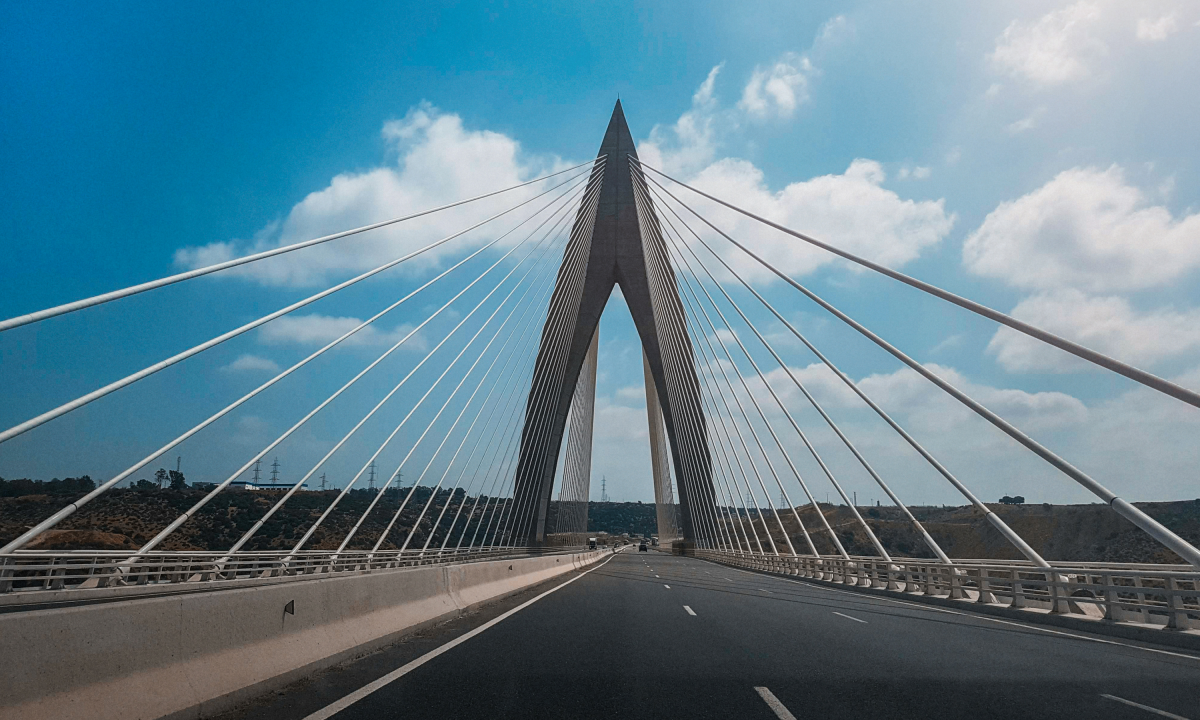The scope of this SAVi assessment
The International Road Federation and Autoroute du Maroc (ADM) asked IISD to use
This was the first time ADM worked on valuing the costs of risks and the costs of externalities of roads and motorways.
Externalities
The analysis takes the following externalities into account:

Discretionary spending of labour income: Valuation of the additional income spent in the domestic economy as a result of the employment created by the project.

Cost of accidents: Economic valuation of accidents on the bypass road.

Carbon dioxide emissions: Valuation of carbon dioxide emissions based on the social cost of carbon.

Value of time saved: Valuation of time that is saved as a result of the bypass road. This improves economic productivity.
The scenarios
The risk scenarios included in the assessment are described in the table below. They all present risks to the management and operation of the bypass. ADM identified these risks in their risk matrix, and they were selected through in-depth discussions between IISD, ADM and the International Road Federation.
| Indicator | Unit |
| Scenario 1: Business as Usual | Capital and operational expenditure as budgeted by ADM over the lifetime of the road |
| Scenario 2: Reduced Maintenance Expenditure | 5% reduction in maintenance expenditure due to the budgeted cuts |
| Scenario 3: Increase in Road Works | 200 |
| Scenario 4: Short-Term Traffic Increase | 200% traffic increase in the short term |
| Scenario 5: Increase in Heavy Vehicle Traffic | 30% increase in heavy vehicle from 2018 to 2030 |
| Scenario 6: Road Damage Due to Climate Change | 2 km of road is damaged as a direct result of climate change, every 10 years |
The
Learn more about this assessment in the English or French report and English or French brochure.
